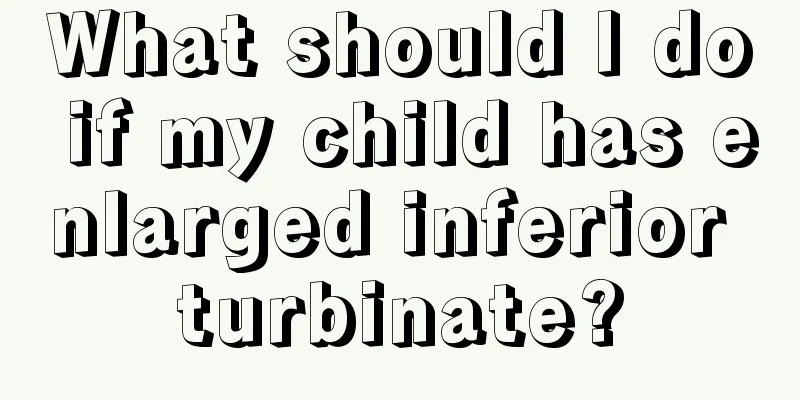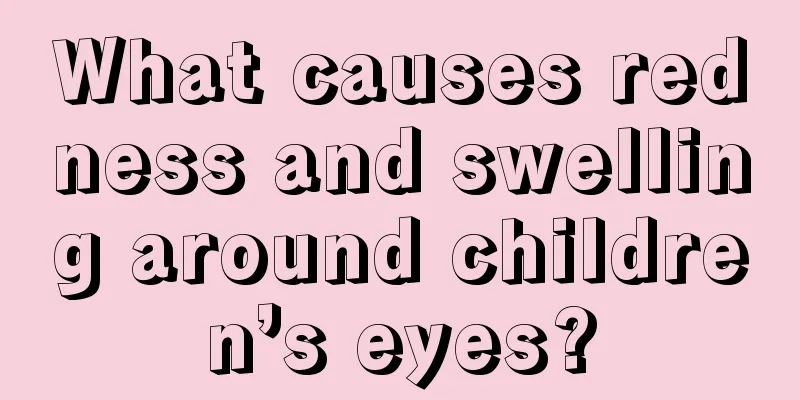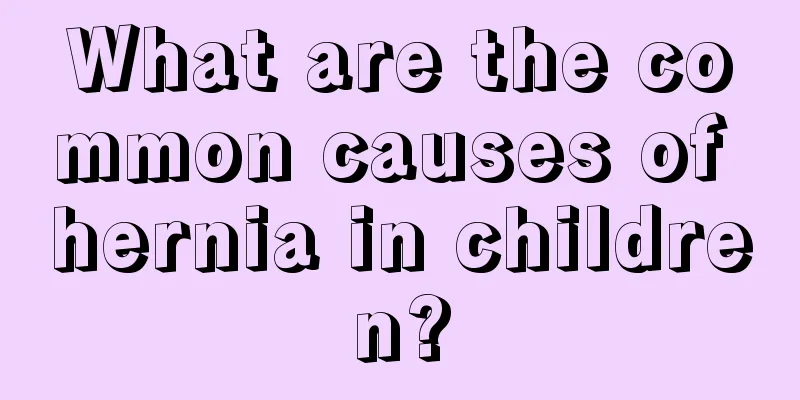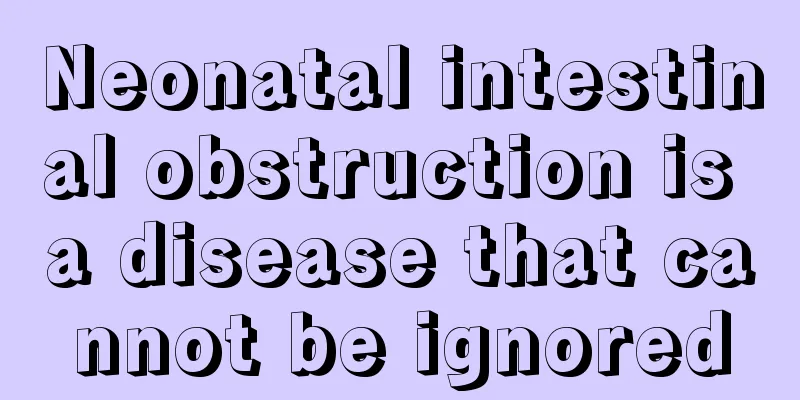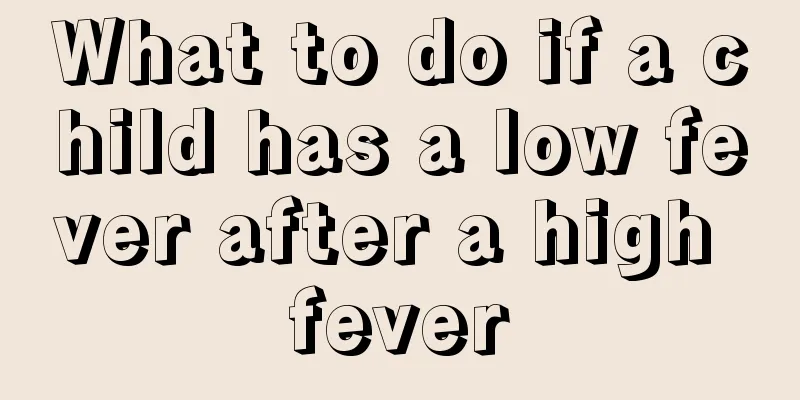Symptoms of asthma in children
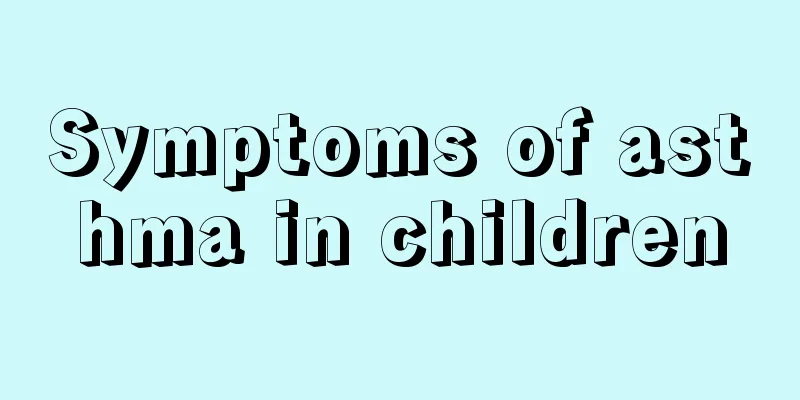
|
If a child suffers from asthma, the first part of the child that will be affected is his respiratory tract. Among children with asthma, the mortality rate is still relatively high, and this mortality rate has been on the rise in recent years. Therefore, as family members of the children, you must always pay attention to the child's condition and take emergency measures when the disease occurs.
Asthma is a common respiratory disease. In addition, asthma patients may also have other complications. When an asthma attack occurs, people around must take correct first aid measures, otherwise there will be a risk of life. When children are stimulated by allergens, cold air or other triggers, they often first show symptoms of upper respiratory tract allergies, such as itchy eyes, itchy nose, sneezing, runny nose, etc. Since infants and young children have difficulty expressing itching, they often only show symptoms such as rubbing their eyes and noses. Further symptoms include itchy palate, itchy throat, dry cough and choking cough. These symptoms can often precede an asthma attack, lasting hours or days. Sudden onset of wheezing is the main feature of childhood asthma. The wheezing symptoms of childhood asthma vary greatly depending on the severity of the asthma. Children may have high-pitched wheezing that can be heard without a stethoscope or at a certain distance. The respiratory rate increases and breathing becomes difficult. Infants and young children may breathe through their mouths with flaring nostrils. Many children may have cough, which is usually dry cough at the beginning, and white mucous sputum is coughed up when the attack subsides. In severe attacks, the patient may show irritability, cyanosis, pale complexion, and cold sweats. For children with asthma, they can move more during the remission period of the disease and do some exercises that the body can withstand, which can help improve resistance. In addition, winter is the peak season for asthma. At this time, children must keep warm and remember to wear masks when going out. |
>>: 5 signs your child may be sick
Recommend
What food is good for babies with low fever
A low-grade fever in babies is a common symptom o...
Child's oral scratch
The physical health of children is very important...
Why is my baby breathing rapidly?
If the baby is breathing rapidly, parents will de...
Acute upper respiratory tract infection in children
Most parents may not be aware that their children...
Scar repair method for children's face
Scars on children's faces not only affect the...
What causes enlarged pores in children?
Generally speaking, when it comes to skin problem...
Parents need to see the symptoms of lobar pneumonia in children
If a child suffers from lobar pneumonia, there wi...
What should I do if my two-year-old baby has teething pain?
Two-year-old babies are in the period of growing ...
What to do if your baby's teeth turn yellow
The development of teeth is a rough indicator of ...
How to solve the itchy red bumps on children?
If a child's skin has red bumps and is very i...
What medicine is good for children with fever?
When children have a fever when they are young, p...
What is the use of rubbing the soles of your baby's feet?
For some babies, since some organs have not yet f...
How can children grow taller?
After comparing their children with other childre...
What are the symptoms of a concussion in children? Parents need to know this knowledge
Children love to play and are prone to falling. I...
What are the effective methods to treat children's cough?
Parents are the ones who worry the most when thei...




